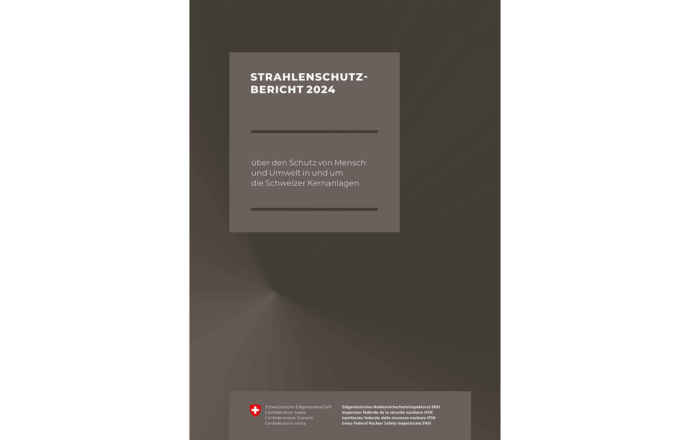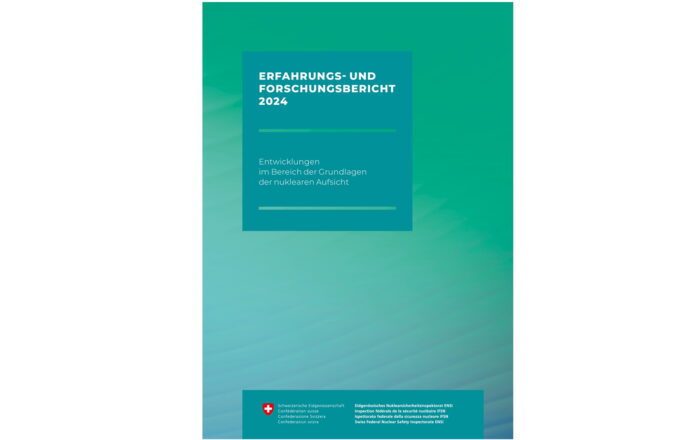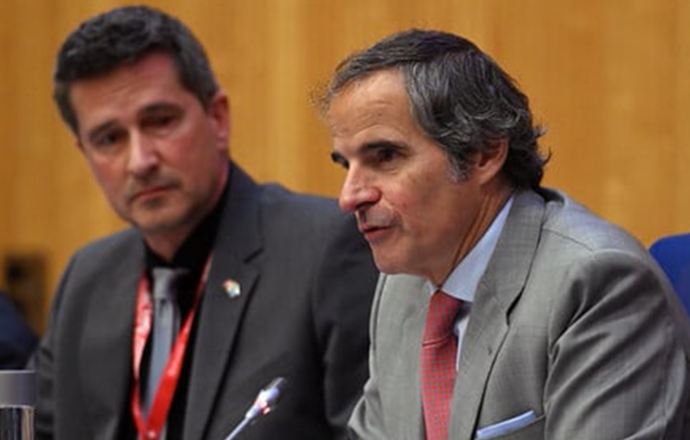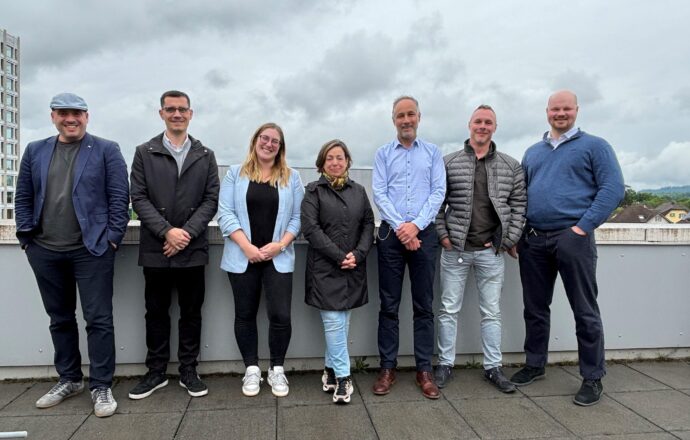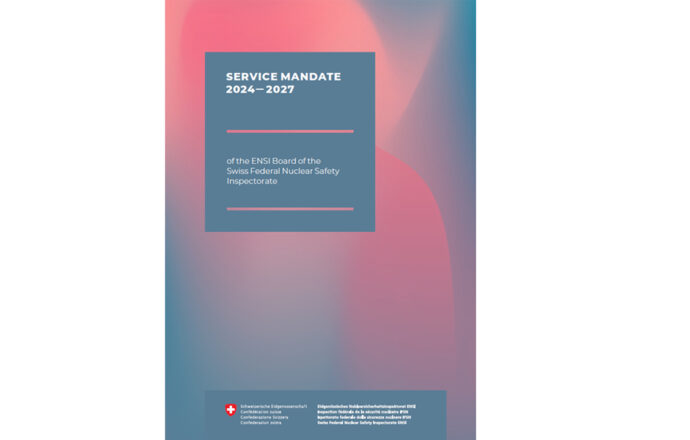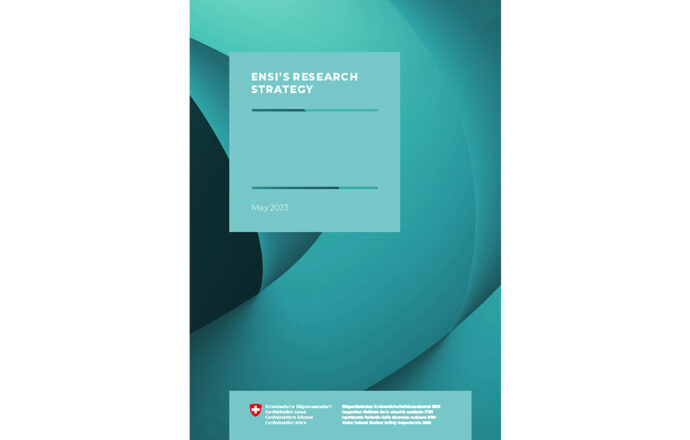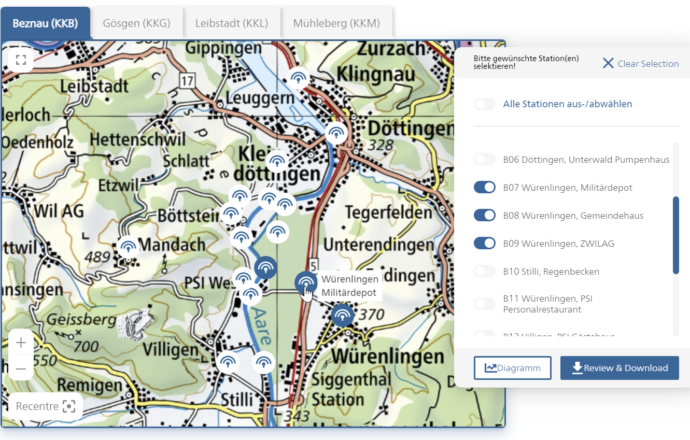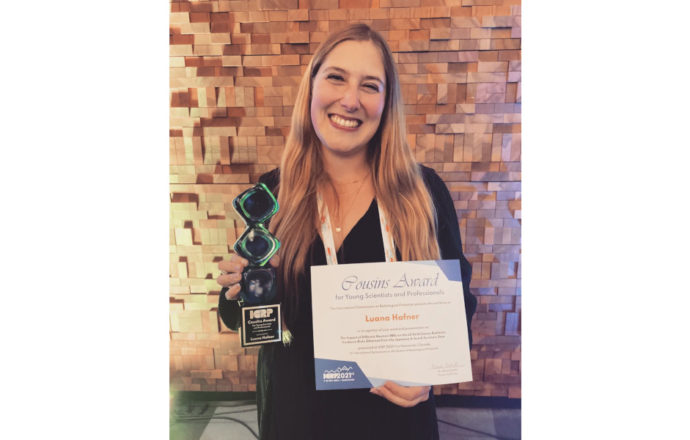In the field of radiation protection, the Swiss Federal Nuclear Safety Inspectorate (ENSI) supports research projects that use various approaches to determine the impact of ionising radiation on biological cells and systems. Nobody disputes the fact that ionising radiation can cause diseases such as cancer. One of the main tasks of disciplines such as epidemiology and radiation biology is to determine the radiation-induced tumour risk.
The findings from this framework are being used to continuously improve radiation protection and emergency preparedness. This is also the context of the current work undertaken by ENSI radiation protection expert Luana Hafner.
The
reliability of risk assessments
Various models for calculating radiation-induced tumour risks have been published in the scientific literature over recent years. Each of these risk models consists of two parts.
- The first part specifies the basic risk for a tumour and is called the “baseline risk model”. This is the tumour risk that a population is exposed to without being subjected to certain external influences.
- The second part models the excess tumour risk and is called the “excess risk model”. This risk model specifies the tumour risk for those people who have been exposed to ionising radiation.
These risk estimates usually use a specific risk model but neglect the uncertainties associated with the model choice. In the latest publication “Comparison
and multi-model inference of excess risks models for radiation-related solid
cancer” Luana Hafner, specialist in radiation protection at ENSI, and physicist Alberto Stabilini, in collaboration with the epidemiologist Linda Walsh, have considered these model choice uncertainties when calculating the risk for solid tumours. Solid tumours can affect internal organs or organ systems and can be both benign and malignant.
Using the same data set from atomic bomb survivors, the researchers examined seven models used in calculating tumour risk and analysed the quality of the results using two different statistical methods, producing model-averaged risk assessments based on this.
In the paper published by the “Journal of Radiation and Environmental Biophysics”, the researchers came to the conclusion that:
- depending on the underlying risk model and the statistical analysis method, three models have the strongest impact on the model average, and
- one model clearly dominates when only the excess risk models are compared.
Based on these results, it is recommended that future risk analyses take model uncertainty into account.
More information
- Scientific article “Comparison and multi-model inference of excess risks models for radiation related solid cancer” in the “Journal of Radiation and Environmental Biophysics”
- ENSI publishes scientific paper on the latest findings in the calculation of tumour risks
- Methods for assessing the risk of cancer: ENSI publishes scientific article

